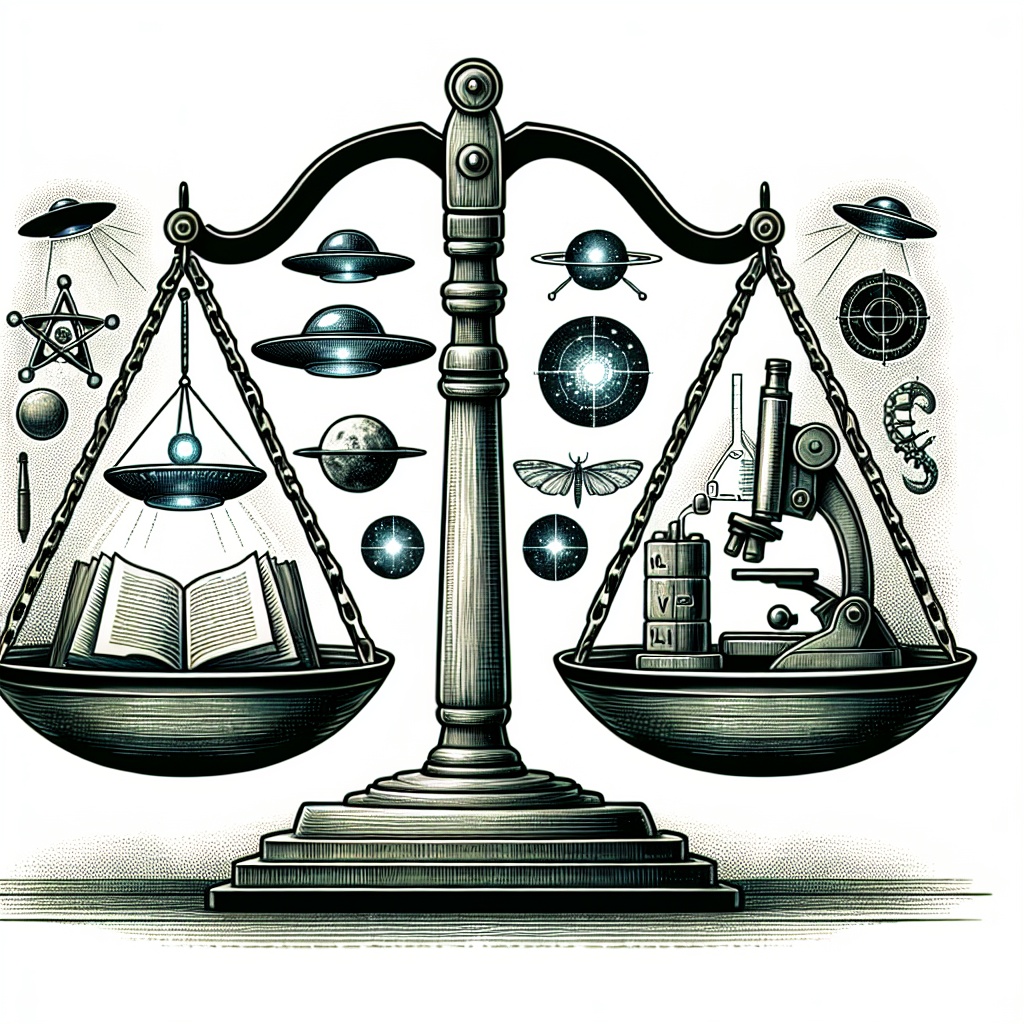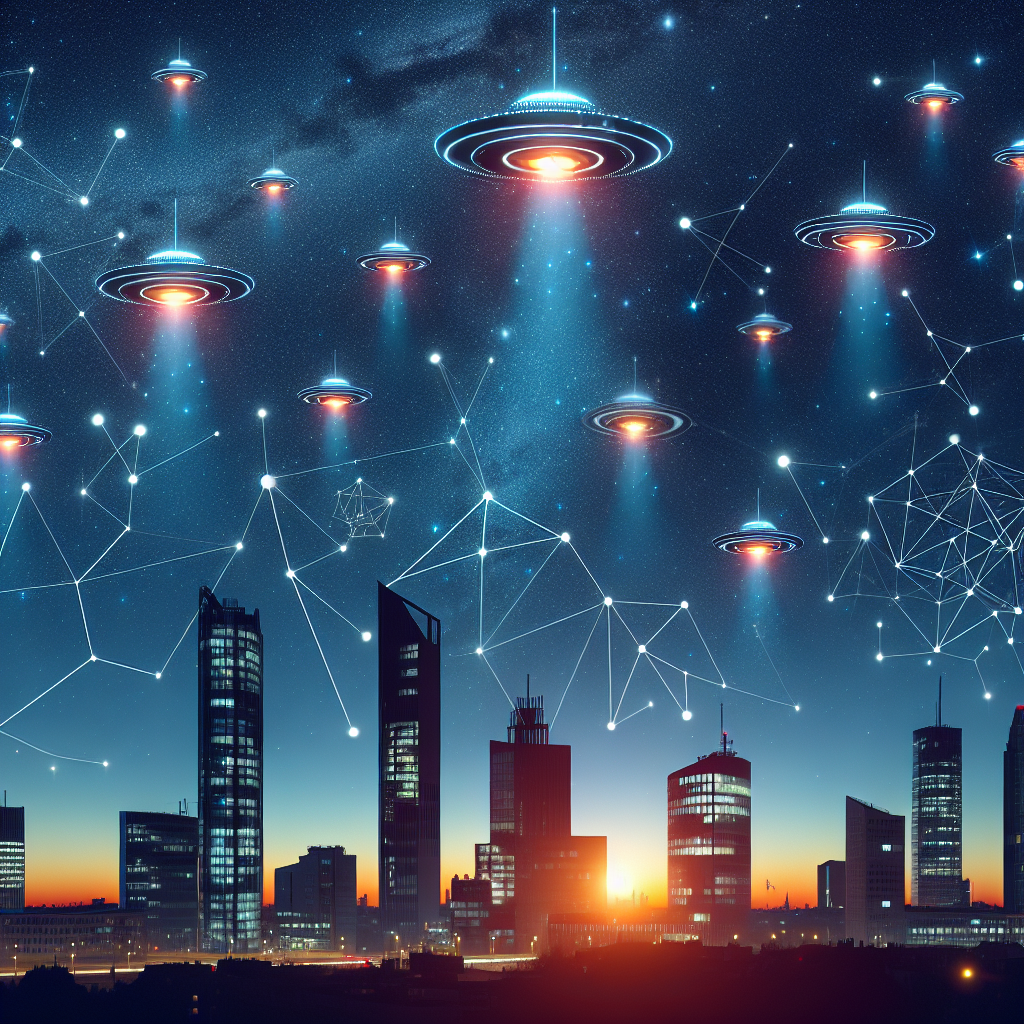Chemtrails vs. Contrails: Understanding the Basics
Chemtrails are often defined as artificial clouds deliberately released by aircraft for various purposes, such as climate control or population control. In contrast, contrails, short for condensation trails, are the visible trails of condensed water vapor left behind by an aircraft flying at high altitudes. These trails occur when water vapor in the aircraft’s exhaust freezes at high altitudes, creating clouds of ice crystals. The distinction between the two is crucial, as the former carries a range of conspiracy theories, while the latter is well-understood science.
The Origin of the Chemtrail Theory
The chemtrail conspiracy theory gained traction in the late 1990s, following awareness of climate manipulation technologies and geoengineering projects. Many conspiracy theorists posit that government agencies or private entities are clandestinely dispersing harmful substances into the atmosphere. This supposed intention could be to control the weather, influence the public’s mood, or even carry out mass extermination.
Scientific Community’s Stance
The overwhelming consensus within the scientific community is that there is no credible evidence supporting the existence of chemtrails. Most studies assert that these trails are simply contrails that can persist or dissipate based on atmospheric conditions. Research published in journals such as Environmental Research Letters confirms that when conditions are right—specifically temperature and humidity—contrails can last for several hours and spread to form cirrus clouds.
Climate Control and Geoengineering
While the existence of chemtrails is widely disputed, the scientific community does explore legitimate aspects of climate control and geoengineering. Geoengineering refers to intentional large-scale interventions in the Earth’s climate system to counteract climate change. Two main categories of geoengineering exist: solar radiation management (SRM) and carbon dioxide removal (CDR).
-
Solar Radiation Management (SRM) involves techniques like stratospheric aerosol injection or marine cloud brightening. The goal of SRM is to reflect a fraction of the sunlight back into space to lower global temperatures.
-
Carbon Dioxide Removal (CDR) focuses on methods to extract CO2 from the atmosphere. Approaches include afforestation, biochar, and direct air capture.
Both methods provoke intense debate around ethical implications, environmental risks, and governance.
The Impact of Atmospheric Conditions
Contrails form under specific atmospheric conditions, primarily cold temperatures at high altitudes. Variations in humidity and temperature can make contrails persistent or transient. When the air is sufficiently saturated with moisture, persistent contrails can spread out, potentially influencing local weather patterns by modifying cloud dynamics. However, attributing weather changes specifically to contrails remains highly speculative and unsupported by empirical evidence.
Disinformation and Its Consequences
The proliferation of misinformation regarding chemtrails has significant social and political implications. It often oversimplifies complex scientific processes and cultivates distrust in legitimate scientists and institutions. False assertions can lead to public panic, resulting in movements against aviation and climate science that hinder effective solutions for addressing pressing climate change issues.
Case Studies and Real-World Testing
Several case studies have examined the implications of geoengineering methods closely resembling chemtrail theories. For example, a 2019 study published in Nature Communications explored the effects of stratospheric sulfate aerosols on the climate, revealing potential risks alongside benefits. These studies demonstrate the scientific community’s willingness to investigate solutions for climate change but are often misinterpreted by those advancing chemtrail narratives.
Regulatory Framework for Geoengineering
The regulation of geoengineering is a contentious topic, with various international agreements and treaties like the United Nations Framework Convention on Climate Change (UNFCCC) addressing related issues. The lack of clear legal frameworks raises questions about accountability and governance, leading scientists and policymakers to deliberate extensively on ethical considerations and potential unintended consequences.
Public Perception and the Media’s Role
Media coverage of chemtrails often lacks the depth required for proper public understanding. Documentaries tend to sensationalize the concept while ignoring critical scientific insights that clarify the distinction between contrails and chemtrails. The media’s role in promoting or debunking these theories significantly impacts public perception and understanding of climate issues.
The Future of Climate Control and Misinformation
As discussions around climate change intensify, the likelihood of geoengineering interventions increases. Educating the public on reputable science versus conspiracy theories becomes paramount in ensuring any potential deployment of geoengineering is met with informed public consent and regulatory oversight.
Conclusion in Academic Contexts
While chemtrails represent a fascinating narrative within conspiracy theories, they lack a basis in scientific reality. The discussions surrounding climate control and geoengineering continue to evolve, revealing new methodologies to tackle climate change. However, reliable discourse must combat the shadows of misinformation that threaten to obscure genuine advancements in climate research.
By maintaining rigorous scientific inquiry and fostering accurate public dialogue, society can navigate the complexities of climate change effectively, steering away from radical conspiracy theories towards evidence-based solutions. The ongoing challenge remains not just one of science, but of communication and understanding in a world rife with conflicting information.













Leave a Reply